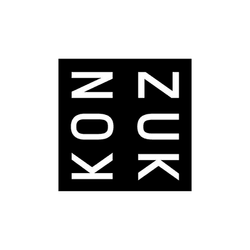Simple Pricing - No Surprises
If we say the task will take 2 hours and we charge for 2 hours, that will be the end of the conversation!
Even if it takes us longer, you won't pay a penny more; if it's our fault, it's our problem!
We provide an exact estimate with an explanation of why it will take that amount of time, what the alternatives are, and what the best approach is.










